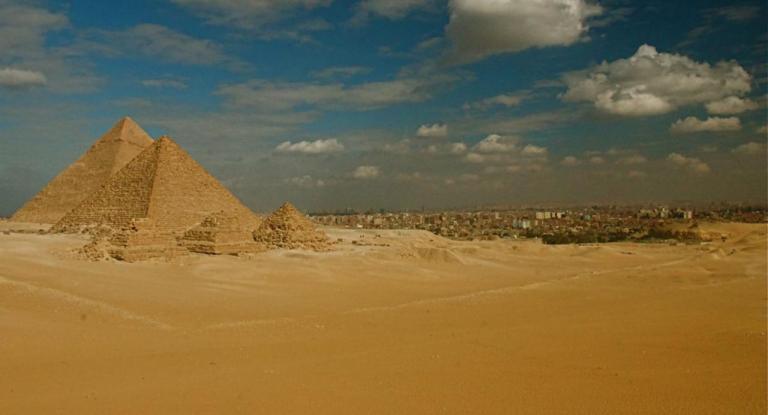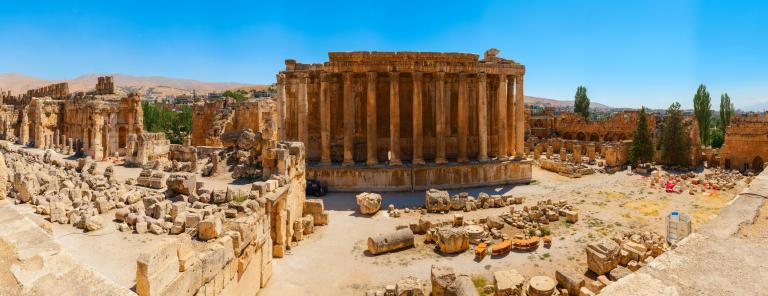Dahe Tang city
2 min readRuins of the Han and Tang Dynasties Ancient Garrison Fort of Mazartag mountain
The eye-catching”Mazartag”,meaning cemetery hill,lies in the hinterland of the taklimakan desert with an east-west trend near to hetian river controlling the north-south traffic with an elevation of over thousand meters The magnificent Garrison Fort was built on the mouth of Red Hill along the nountain with a total area of 1 1oom the wall consists of a main wall,a crib wall and an outer wall and there are beacon towers on its west side,where documents and inscribed wooden slips such as Chinese,Tibetan and Khotan scripts were once unearthed,reflecting the historical role and status of the garrison fort in the Han and Tang Dynasties

Dahe Tang city
The dahe tang City is located at the east of Dongtouqu village of todaysBarkol River township and 26km away from the town with an elevation of 1644m, a wide expanse of flat land rich soil and rich water the well-known Great River”, originated from the east underground spring and very applicable for farming, is the largest and best-preserved ancient city ruins of the Tang Dynasty in hami region so it is called dahe tang city it is listed as one of the Xinjiang Key Cultural Relics Protection Sites in 1957 and one of the National Level Cultural Relics protection Sites in July 2001.
The rectangular Ancient City is a rectangular, divided into two small cities, known as the main city and the subsidiary city paratactic from the east to the west with a total length of 357m, with a wide wall in the center. The main city was designed with a north to south length of 210m and a west to east width of 180m. In the ancient City, many relics were collected, mainly including potteries and bronzes and less iron wares, such as bronze mirrors, supporter bronze Buddha coins and copper bars. The building materials including gray lotus floor tiles and lotus pattern eaves tiles are typical relics of the tang Dynasty. There are large ceramic waste appliances and large stone plates, reflecting the grand occasions of agricultural production at that time









